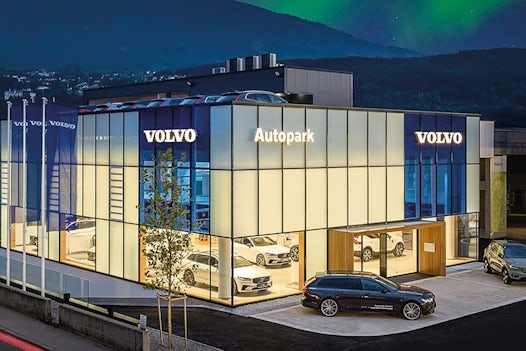
Small and edge data centres
Edge computing is real time data processing at or near the source of data generation which could be from persons and/or from connected Internet of Things (IoT) devices. The name “Edge” describes its relation to the core. Edge computing serves as the decentralised extension of cloud and centralised data centre.
Why do you need the “Edge”?
Edge computing solves several problems that involve
- Bandwidth: IoT deployments need very low cost of bandwidth to transmit data from IoT devices to the data processing. Connecting IoT directly to the cloud will strain the bandwidth.
- Connectivity: In remote and harsh environments such as mining and offshore oil rig and in self-driving vehicles, the telco connectivity is relatively unreliable.
- Latency: In applications such as virtual reality, self-driving vehicle, and artificial intelligence we need real-time data processing with very low latency while the data latency of the cloud is too high.
- Power consumption: If every IoT device has to transmit data to the cloud, the power consumption will be very high. Some IoT devices may drain the batteries very fast which requires frequent replacements.
- Security: With ubiquitous security threat in cyber space, each data transmission from an IoT device to the cloud will pose security risks.
Edge computing solves all above mentioned problems by acting as the local gateway for the IoT devices. It conserves internet bandwidth because the last mile of connection to the device is mostly local and on low bandwidth. With close proximity, the connectivity between the edge and the connected devices is more steady and stable. Edge latency is much lower than cloud latency. Devices will consume less power when connected to the edge than to the cloud. Edge opens up the use of low-energy network protocols like ZigBee and Bluetooth.
The trend of edge implementation
More data will be processed at the edge of the network, while the hybrid deployment of cloud and centralised data centres will serve as data warehousing, business intelligence and big data. Edge computing is the necessity for businesses that rely heavily on real-time data processing such as building management, smart manufacturing, smart city, offshore oil rig, mining, hospital, wearable health monitor, self-driving vehicle, 5G mobile communication and others. Businesses can leverage on the edge computing to increase user experience and push forward their business innovation and digital differentiation against others.
The characteristics of an edge data centre
- Close proximity to the data source
- Supports distributed data processing
- Includes data from IoT devices
- Offers high-performance internet connection
- Equipment can be in just one box or in multiple racks
- Located in a strategic site close to the users and devices
- Supports any network protocols and one-hop connections, wirelessly and/or using copper or fibre optic cables
- Provides optimal physical & cyber security
- Tier level is not lower than cloud data centre and centralised data centre
Imperatives in the edge data centre infrastructure
- Low network latency
- High bandwidth network
- Robust security: auditable access control and surveillance system; monitoring of environmental conditions; alarms, etc.
- Reliable power, cooling and fire protection system
- Remote management in various sites
- Pre-configured and self-contained system
- Pre-tested before delivery
- Provide data analytics for maintenance services
Design of an edge data centre
Edge data centres are typically designed in a smaller size than centralised data centres. This is why it is called mini or micro data centre (MDC). It could range from one to multiple cabinets with power density ranging from 1 to 7 kW per cabinet (or even more). It is connected wired or wireless to the users and devices.
With standardised MDC design, an organisation can easily roll out their Edge data centres in multiple sites. This makes it easy to manage all uniform edge infrastructures across multiple sites. For companies aiming at Tier-III or equivalent data centre classification, standardised design should allow concurrent maintainability and scaling without downtime.
An MDC could be built inside a limited space of the premise. High density solutions solve space limitations in the cabinets. An organisation may have a preference of using certain cooling technology, cabling, fire protection, access control, intelligent monitoring, and so on; data centre design could be as simple as few components – but with specific business requirements (e.g. to comply with the local regulation) the design could involve many sophisticated components.
An organisation could request a design consultant (e.g. from Datwyler) to get expert advice on their edge data centre. A consultant can also support the company in terms of a health check of the existing data centre, migration paths, upgrades and consolidation.









